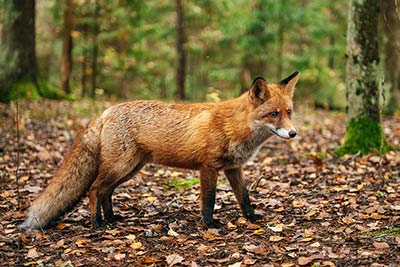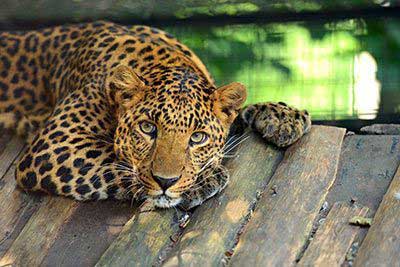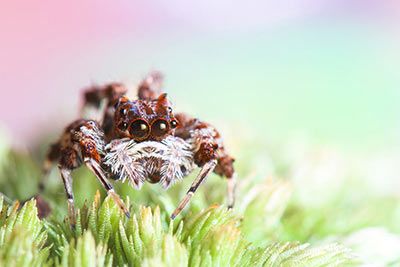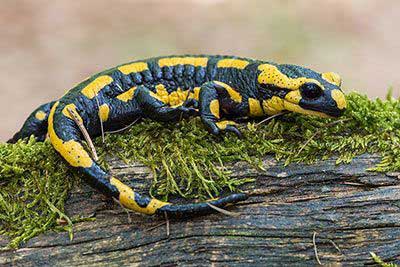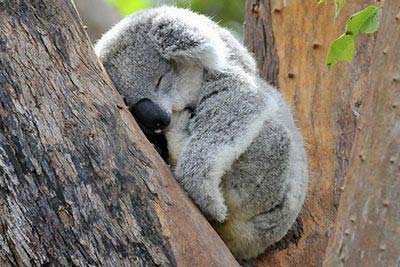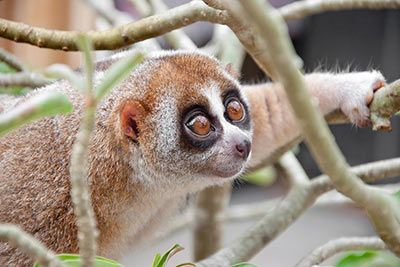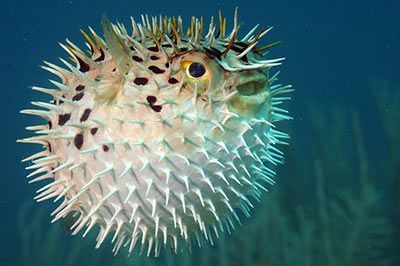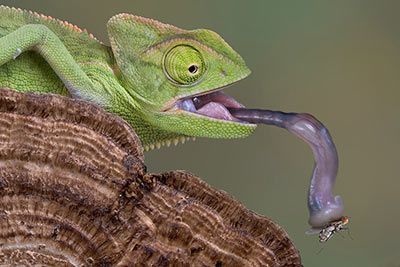9 Animals With Awesome Tricks to Survive the Winter
Reindeer Have “Anti-Freeze” in Their Blood
Moss is a favorite on the reindeer menu. And there’s a special reason for this, as the plant contains a special chemical. It stops blood from freezing.
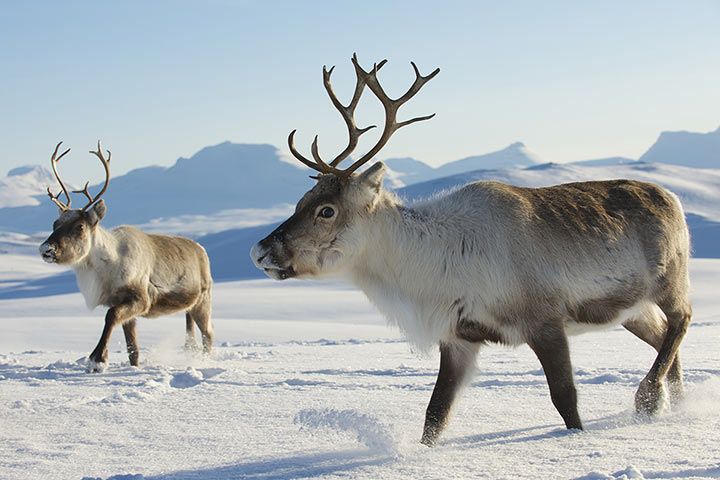
Southern Fur Seal
In winter, we keep adding more and more layers like an onion. The Antarctic fur seal has obviously also heard of this onion technique, and wears two layers of fur. The outer fur is made up of long, straight hair. The fur underneath is short, curly and woolly. There is also a thick layer of fat under the skin for extra warmth. This is so effective that the seals start to sweat at just 50 degrees Fahrenheit (10 degrees Celsius) ...
Tits Have Fur Lined Jackets
Small birds like tits weigh just a few grams and don’t have a layer of fat under their skin. But they still don’t freeze solid. Why? Feathers often retain more heat than fur. They hold onto heat and don’t let go. So it’s no wonder that we wrap ourselves up in feather duvets and down jackets.
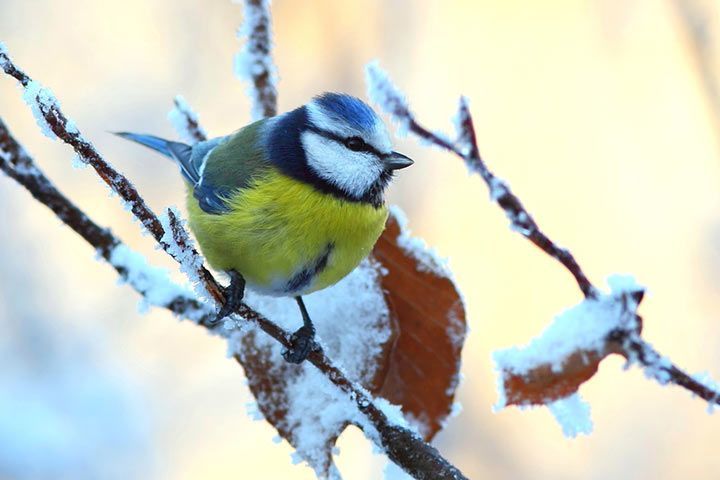
The Frozen Wood Frog
This little hopper lives in Alaska and Canada - further north than any other frog. When it gets bitterly cold in the winter, they freeze by up to a third. This is normally pretty dangerous, as when ice crystals form under the skin, the body’s cells start to deteriorate. Any normal animal would die. In winter, the wood frog has 100 times more sugar in its blood than humans, which prevents ice crystals from forming.
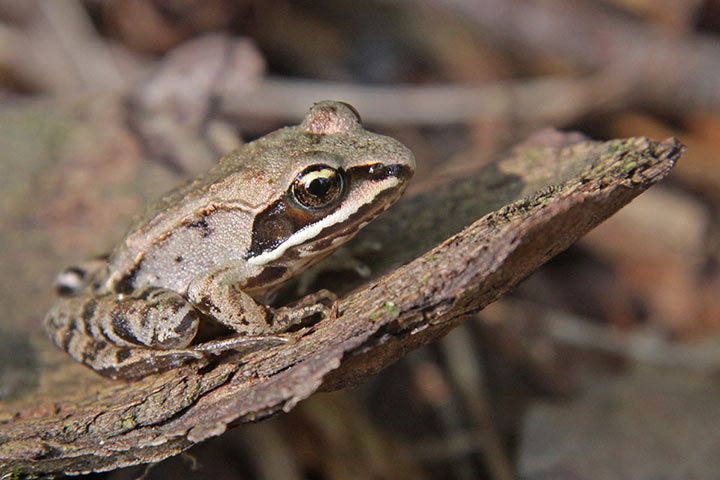
Monkeys Enjoy a Hot Tub
Japanese macaques are probably the only monkeys that don’t mind the snow. They live on the Japanese islands, where it can reach -13 degrees Fahrenheit (-25 degrees Celsius) in winter. If Japanese macaques get too cold, they just hop into a nearby hot spring - they’re everywhere, after all. They stay there for hours, until they’re warm enough.
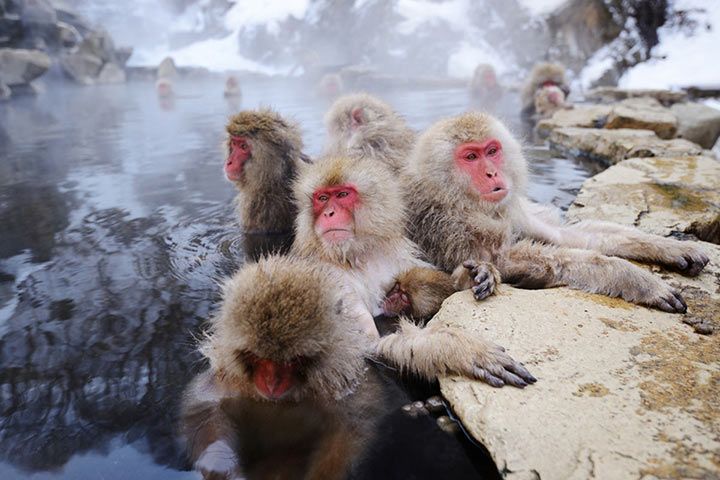
- Table of Contents:
- 1. Records, Arctic Fox, Polar Bear, Duck, Snail
- 2. Reindeer, Fur Seal, Tit, Wood Frog, Monkeys
- Find Out More:
- Cold-Blooded Animals - Hot-Blooded Animals
- Watch Now on animalfunfacts.net:
-
 How Do Animals Survive in the Arctic?
How Do Animals Survive in the Arctic? -
 All About Hibernation
All About Hibernation
- 1
- 2

